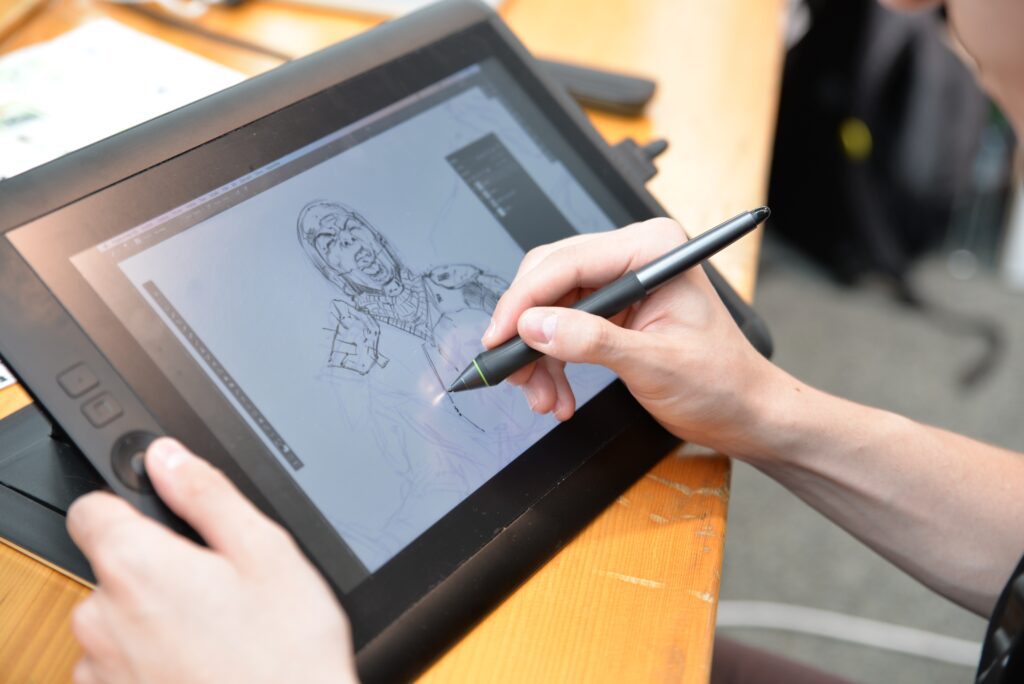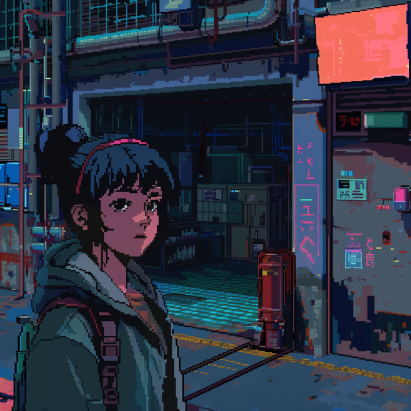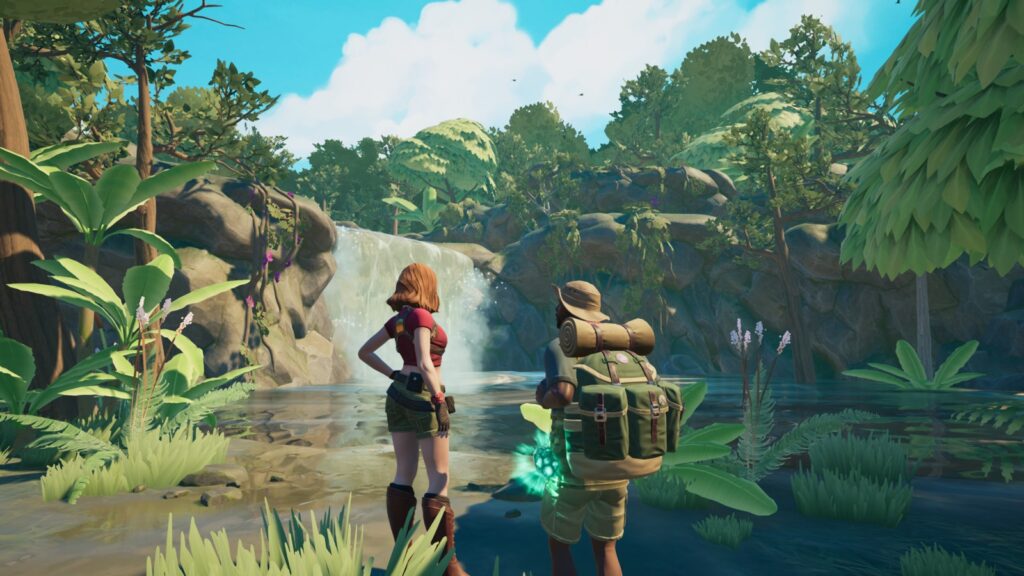3D animation has revolutionized the way we experience visual content, from blockbuster movies to video games, educational materials, and even advertisements. There are many types of 3D animation – each with its unique approach, tools, and applications.
Understanding these different types of 3D animation can help creators, businesses, and enthusiasts choose the right method for their projects. And that’s what we want to focus on in this article. Our goal is to explore the 8 most common types of 3D animation, shedding light on their characteristics and uses!
To read our complete guide on the core principles of animation in video games, click here instead.
Types of 3D animation: what is a “type” of animation?

A type of 3D animation refers to a specific approach or technique used to create animated content in a three-dimensional digital space.
These techniques vary widely in their methods, tools, and applications, each serving different creative and practical purposes. Understanding these types is crucial for anyone involved in animation, as it helps in choosing the right method to bring their vision to life.
1. Character animation
Character animation is one of the most recognized types of 3D animation. It involves creating lifelike or stylized characters that move, speak, and interact within a virtual environment. This type of animation is prevalent in movies, television shows, and video games.
Animators use tools like Autodesk Maya, Blender, or 3ds Max to model, rig, and animate characters, paying close attention to details such as facial expressions, body language, and movement dynamics.
Character animation often requires a deep understanding of anatomy, physics, and acting to create believable performances. It is a complex process that includes keyframing, motion capture, and procedural animation.
2. Motion graphics
Motion graphics is another type of 3D animation focused on creating animated logos, title sequences, and abstract visual effects. Unlike character animation, motion graphics typically involve animating shapes, text, and other graphic elements rather than lifelike figures.

This style is often used in advertising, television commercials, and explainer videos to convey information quickly and effectively.
Tools like Adobe After Effects and Cinema 4D are commonly used for creating 3D motion graphics. The emphasis is on creativity, timing, and visual appeal, making it an excellent choice for projects that require a clean, professional look with dynamic visuals.
3. Architectural visualization
Architectural visualization, or archviz, is a type of 3D animation used primarily in the construction and real estate industries. It involves creating detailed 3D models of buildings, interiors, and landscapes, which can then be animated to show how a structure will look once completed.
This type of animation allows architects, designers, and clients to visualize a project before construction begins, offering a realistic preview of the final product.
Software like SketchUp, Lumion, and V-Ray are popular in the field of architectural visualization. Animators may include realistic lighting, textures, and materials to create immersive walkthroughs, flyovers, and time-lapse sequences that demonstrate how light interacts with the space at different times of the day.
4. Simulation animation

Simulation animation focuses on replicating the behavior of real-world phenomena using 3D graphics. This includes the animation of fluids, fire, smoke, particles, cloth, and other natural elements.
Simulations are used extensively in visual effects (VFX) for movies and television, as well as in scientific visualizations, where accuracy and realism are paramount.
Tools like Houdini, RealFlow, and Blender’s simulation tools are designed to handle these complex calculations, allowing animators to create highly realistic simulations.
Simulation animation is often combined with other types of 3D animation to enhance scenes with natural elements that react dynamically to the environment.
You may also like: How much does 3D animation cost? An in-depth explanation
5. Product visualization
Product visualization is a crucial type of 3D animation for industries such as manufacturing, automotive, and consumer goods. It involves creating realistic 3D models of products that can be rotated, zoomed in on, and viewed from various angles.
This type of animation is used a lot in marketing, allowing companies to showcase their products online or in virtual showrooms before they are even manufactured.
Software like KeyShot, Autodesk Alias, and SolidWorks are commonly used for product visualization. The focus is on photorealism, with high-quality textures, lighting, and materials to create images and animations that are virtually indistinguishable from real-life photographs.
6. Mechanical animation
Mechanical animation is a specialized form of 3D animation used to demonstrate the workings of machinery, engines, and other mechanical systems. This type of animation is essential in engineering, education, and marketing for industrial products.
It allows viewers to see how complex mechanical components interact, assemble, and function in a way that is difficult to capture through traditional 2D drawings.

Tools like SolidWorks, Autodesk Inventor, and Blender are often used for mechanical animation. Animators need a solid understanding of engineering principles to create accurate and informative animations that effectively communicate the mechanical processes involved.
7. Virtual reality (VR) and augmented reality (AR) animation
VR and AR are the newest types of 3D animation – especially when we take into account the metaverse. After all, they combine 3D animation with interactive technology to create immersive experiences.
In VR, users are fully immersed in a virtual environment where they can interact with 3D animated objects and characters. AR, on the other hand, overlays 3D animations in the real world, enhancing the user’s perception of their surroundings.
Unity and Unreal Engine are two popular platforms for creating VR and AR content. These types of 3D animation are increasingly used in gaming, training simulations, education, and marketing, offering users a highly engaging and interactive experience.
8. Stop-motion animation (with 3D elements)
While traditionally associated with 2D, stop-motion animation has evolved to incorporate 3D elements as well.
This hybrid technique involves physically manipulating objects and photographing them frame by frame to create the illusion of movement. In some cases, 3D-printed models or computer-generated elements are integrated into stop-motion scenes, blending the tactile feel of physical models with the versatility of digital animation.
Studios like Laika, known for films like “Coraline” and “Kubo and the Two Strings,” have mastered this approach, using 3D printing technology to create highly detailed and expressive characters that can be animated with traditional stop-motion techniques.

Choose the right type of 3D animation for your project
As you can see, there are many types of 3D animation, with each offering a wide range of techniques to suit different creative needs. Understanding the various types of 3D can help you choose the right approach for your project, which is a pivotal choice in many areas.
We here at Main Leaf, for example, being in the game development industry for the past 12 years, have used character animation and motion graphics many times in our development process.
If you liked this article, check out our blog for many other ones relating to the video game industry and the world of game development.

